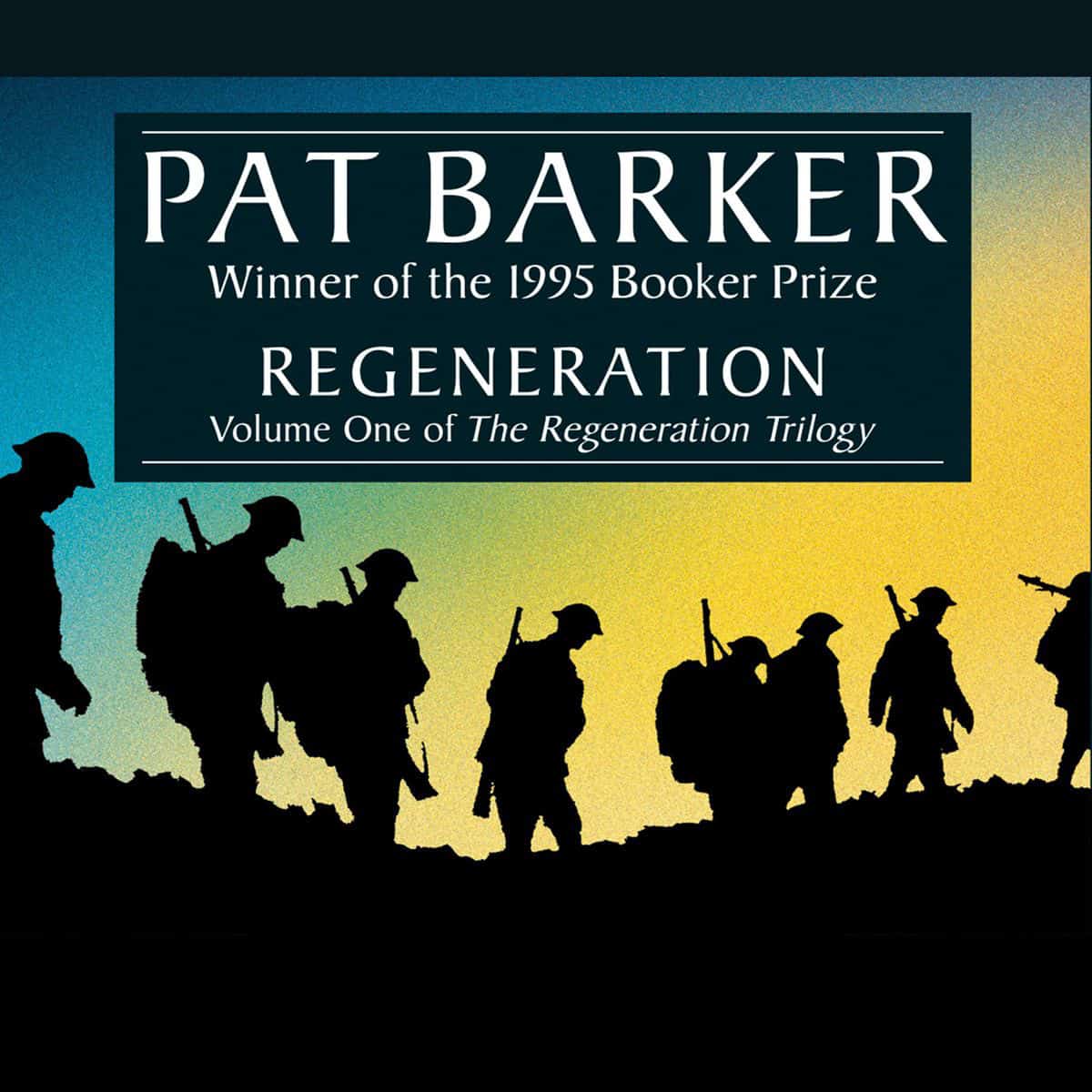Study of the passage p11-12: from “What kind of questions did they ask..” to “with quite a bit of his leg left inside“.
This is the first real dialogue between Rivers and Sassoon. Sassoon is presented as shell-shocked. This passage is composed of a dialogue and 12 lines of narrative. Most of the narrative comments describe Sassoon’s behaviour.
Dialogue and verisimilitude
Dialogue enhances verisimilitude. Rivers is a psychiatrist and Sassoon is the patient. It is a normal professional situation. The relations are based on dialogue.
The psychiatrist has to understand and must invite patients to talk to overcome the previous trauma.
“War neurosis”: technical language.
Dialogue and drama
Tension, conflictual situation.On the one hand, Rivers is a military psychiatrist whose duty is to heal the soldiers to send them back to the front in France. On the other hand, Sassoon is a poet who has written a protestation against the war.
The conflict is all the more obvious that there is no narrator in this passage. The two characters seem to address the reader directly.
Dialogue and character’s development
We learn about the characters when reading the dialogue. The dialogue is also used as stage directions: it has a theatrical function. Stage directions are indications of characters’ personality.
- smile is not expected
- ironical when he says “Don’t you know ?“
He asks another question instead of answering. Non-answers. l.6: Sassoon describes the Board as “rather amusing” : flippant, arrogant, irony.
Flippancy changes with the psychological evolution of Sassoon.
l.23 : “looked surprised“.
From that point onwards, Sassoon is not so sure of himself.
Rivers managed to destabilize him.
l.33 : “Mad Jack” —– “looked taken aback“
Even more destabilized.
l.37 : “ “Is it ?” Sassoon looked down at his hands“.
Avoids confrontation, playing hide and seek.
l.40 : “he looked up to see if he should continue“.
Sassoon recognizes that Rivers is a form of authority.
Dialogue and banishment of the past
The use of dialogue modifies temporality because historical events are suddenly brought out of the past into the present situation.The novel was written in 1991. The passage deals with 1917. A history book uses 3rd person and past tense.
Here, the past is made present in the dialogue. Sassoon speaks of his own time (immediate time), talks about his Board and some parts of his experience in France a few months before.
The period of time is reduced: the novel is situated in the First World War and 1917 becomes the temporal landmark.
Sassoon starts speaking in past tense but l.44 he reverts to sentences without verbs (nominal sentences). No verb means no passing of time, no past.l.46 : present tenses again.
The experience is so drastic that when speaking he is reliving the moment. Past becomes present again. That is exactly what Rivers had hoped for.
Technical remarks
- indirect speech: the disappearance of the past.
- l.5: Sassoon reports the question he was asked. For us readers, it is as
if we witnessed the scene of the Board: it is shown more than told.

